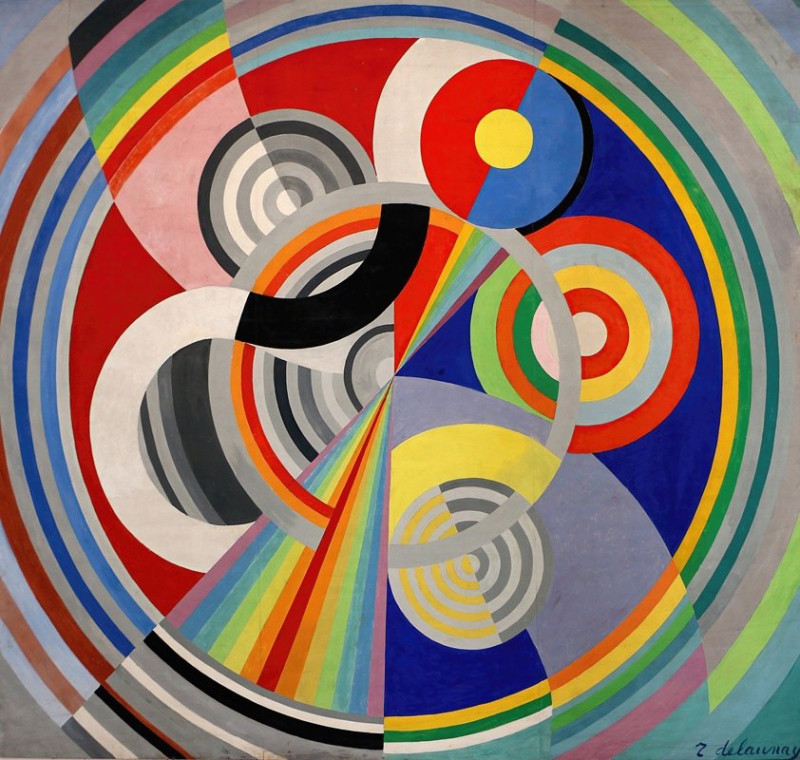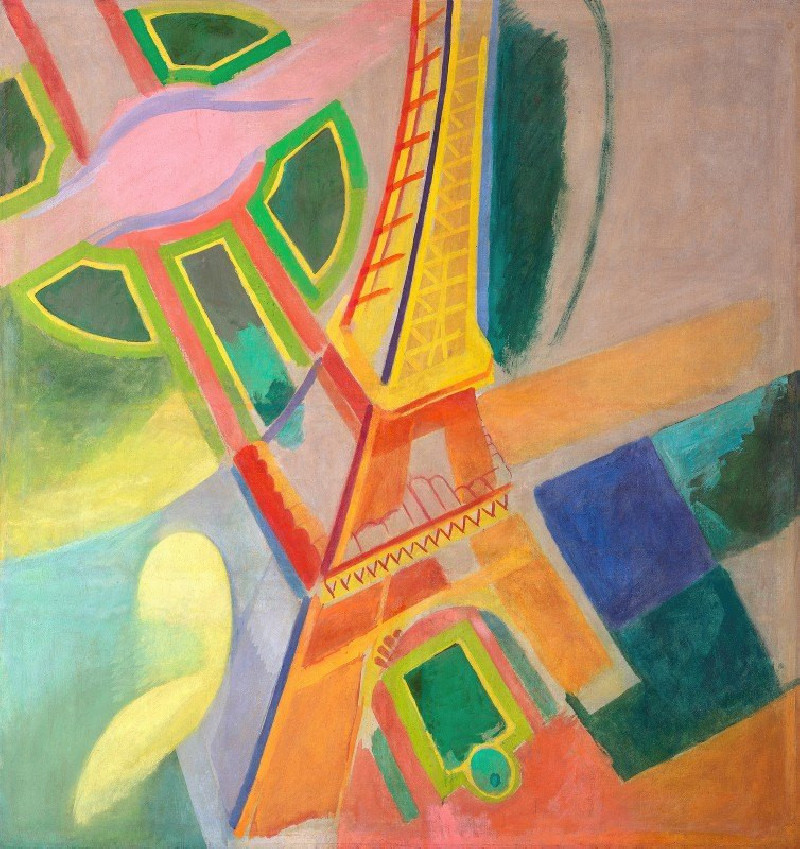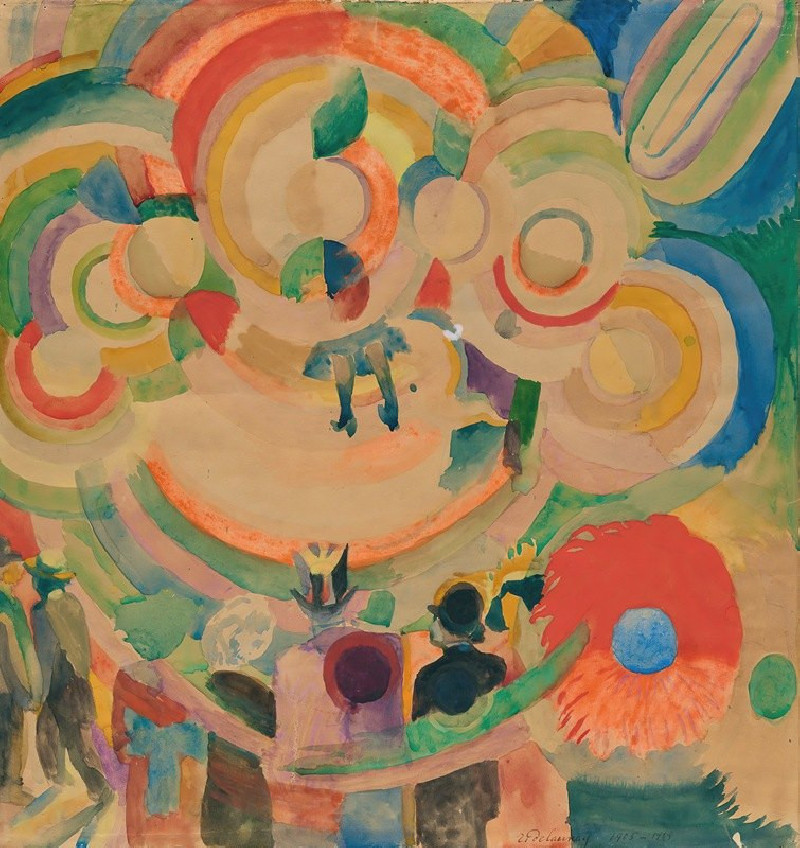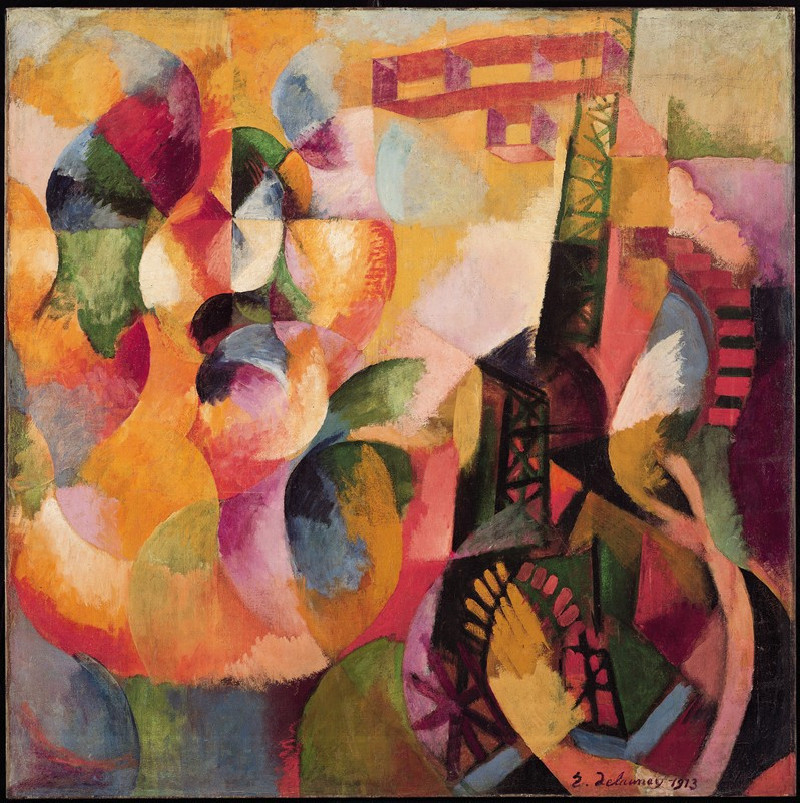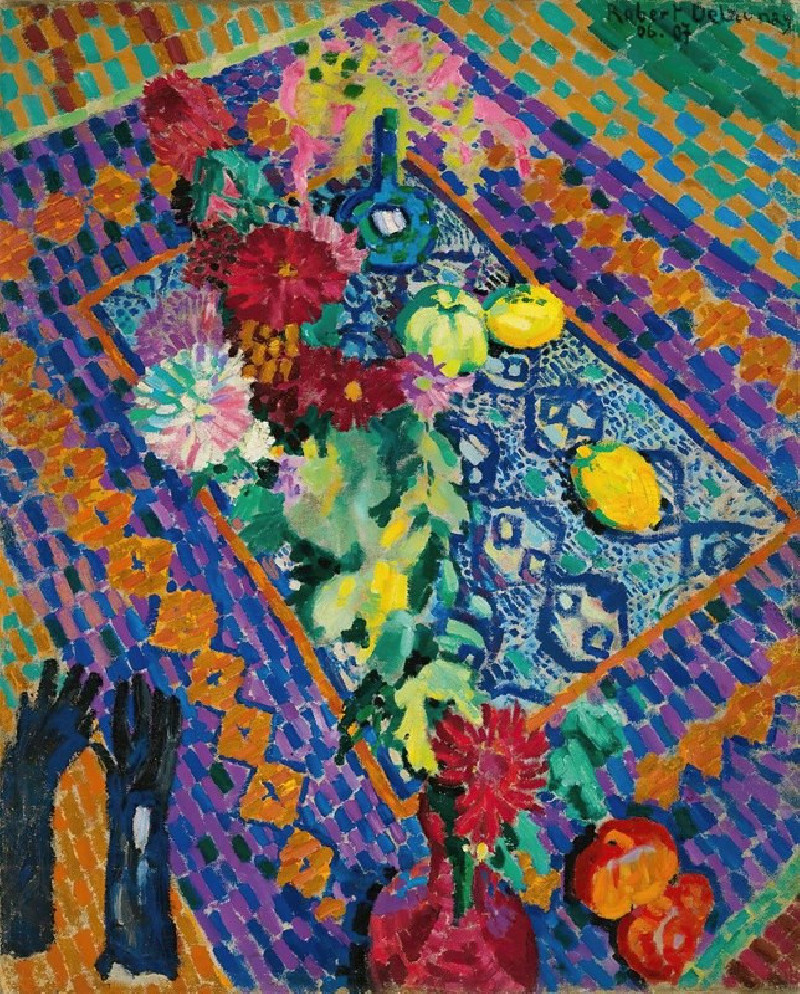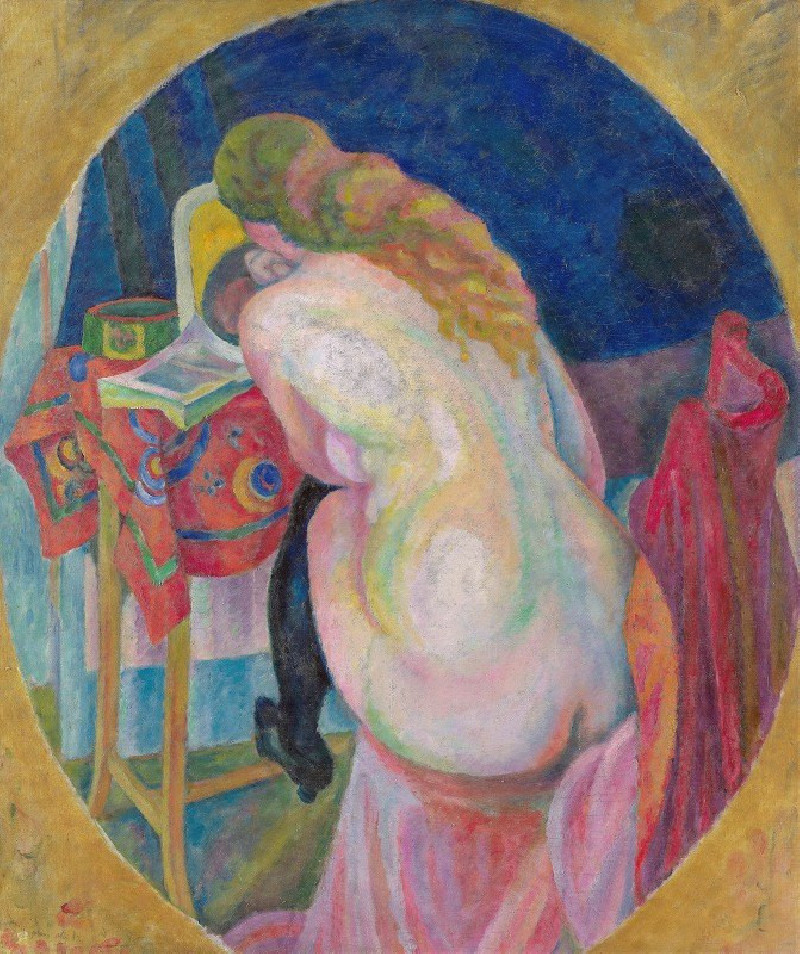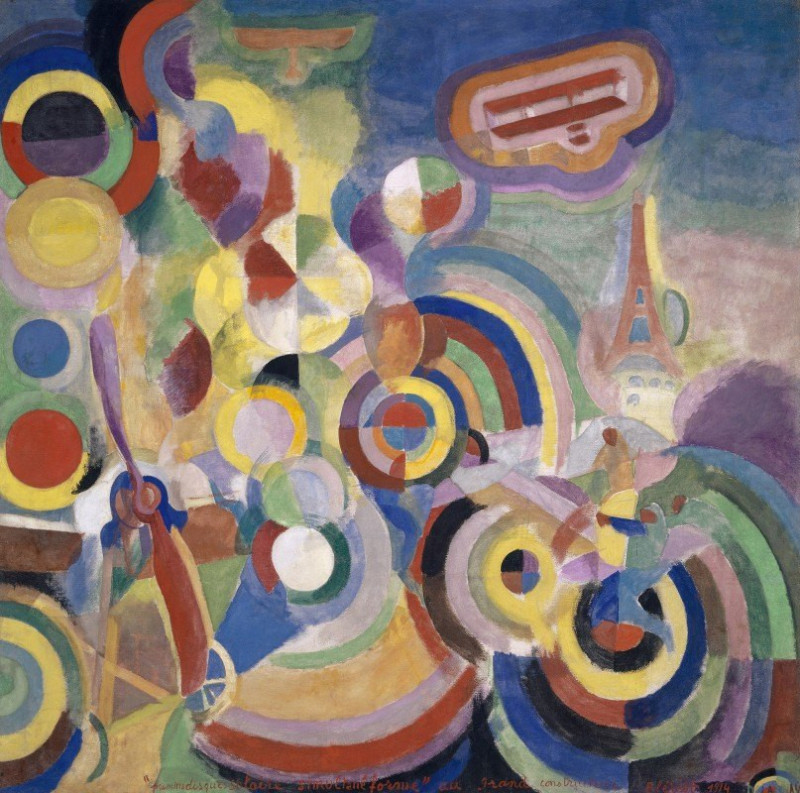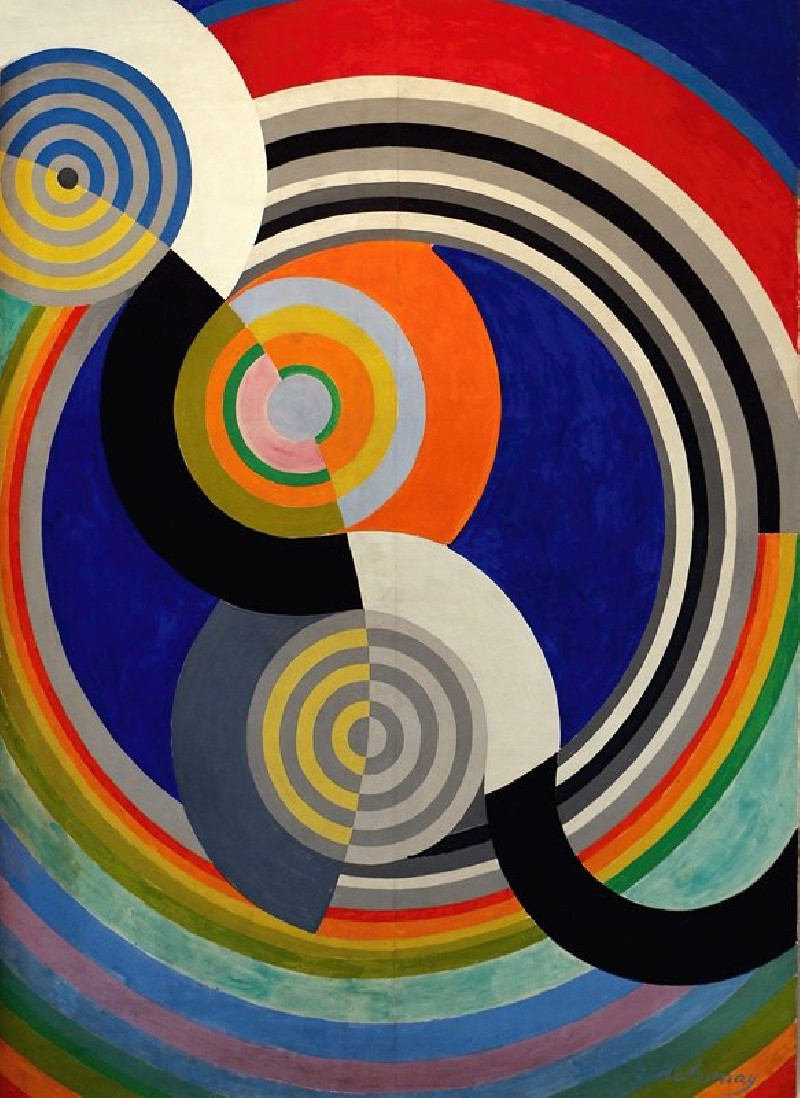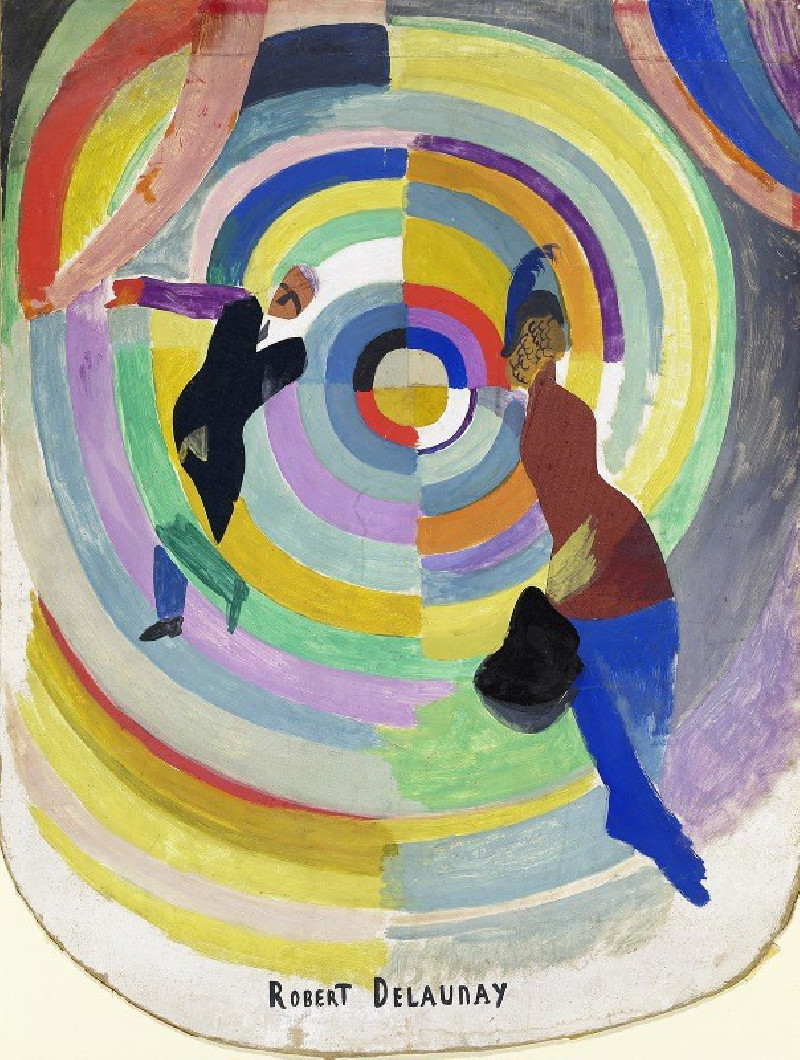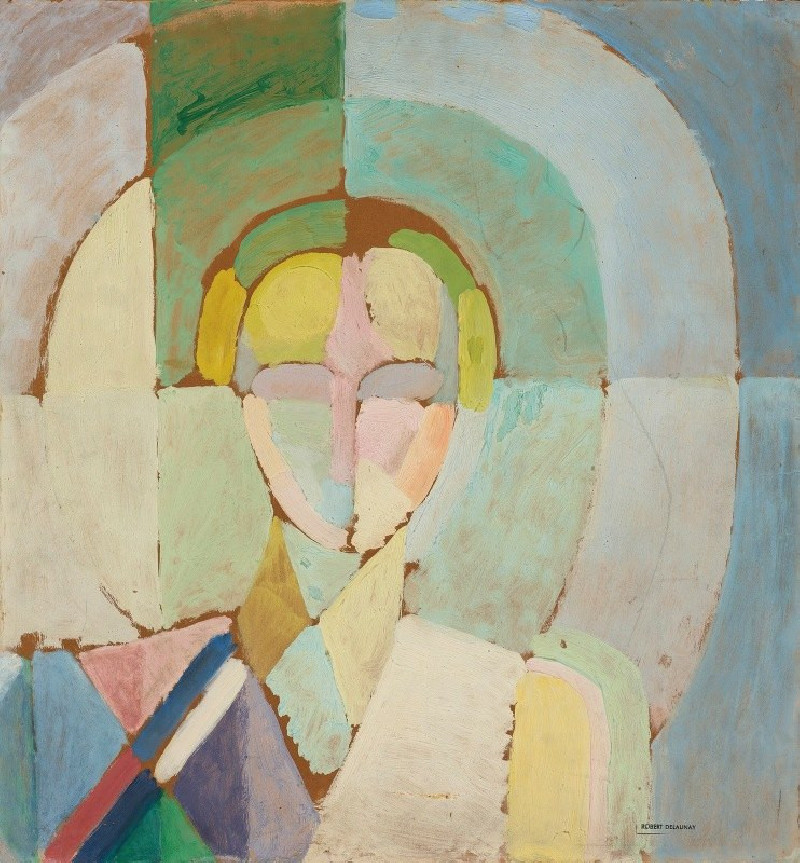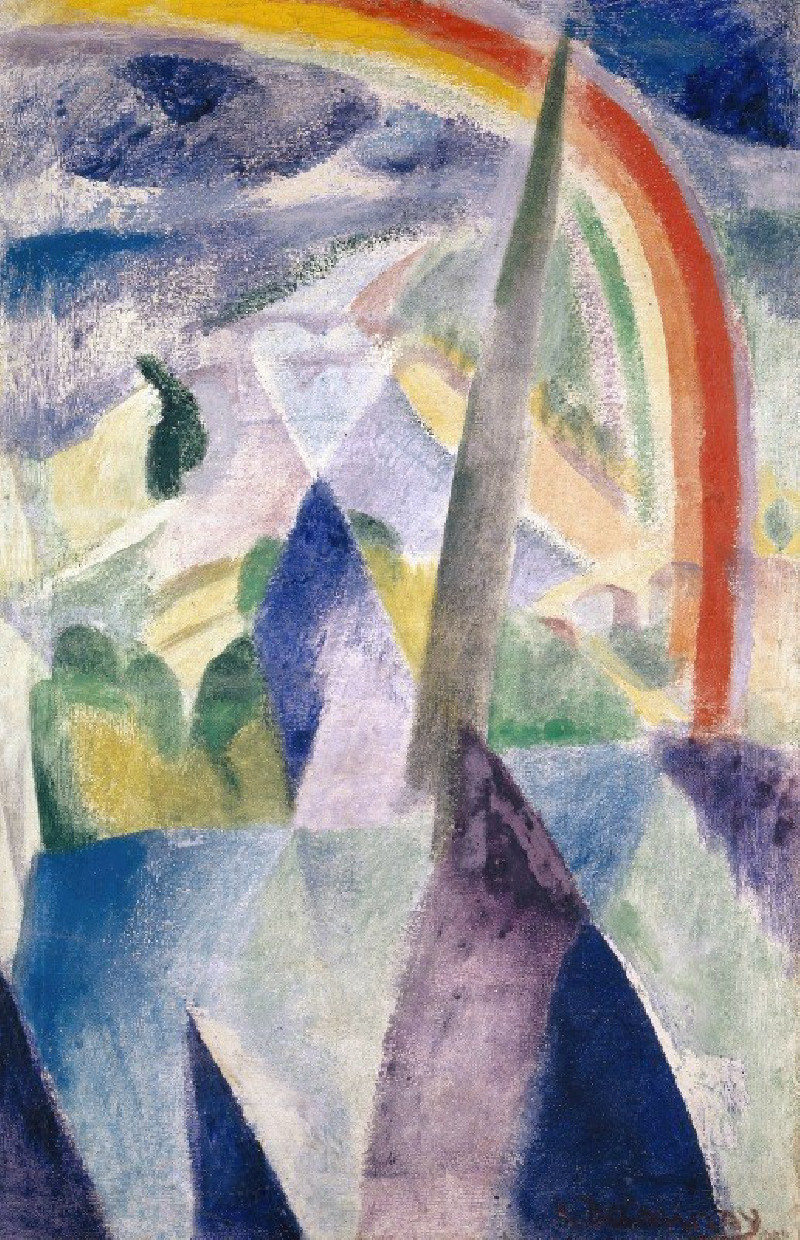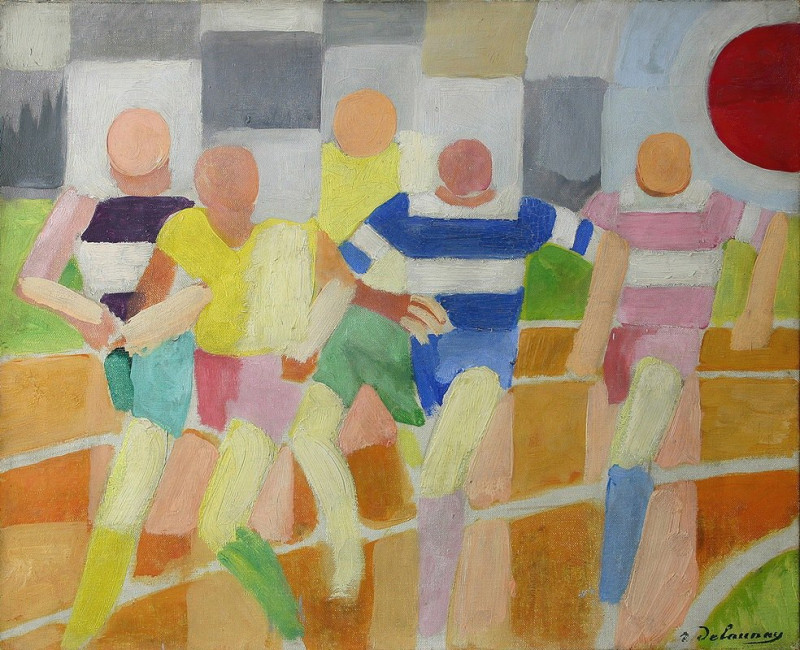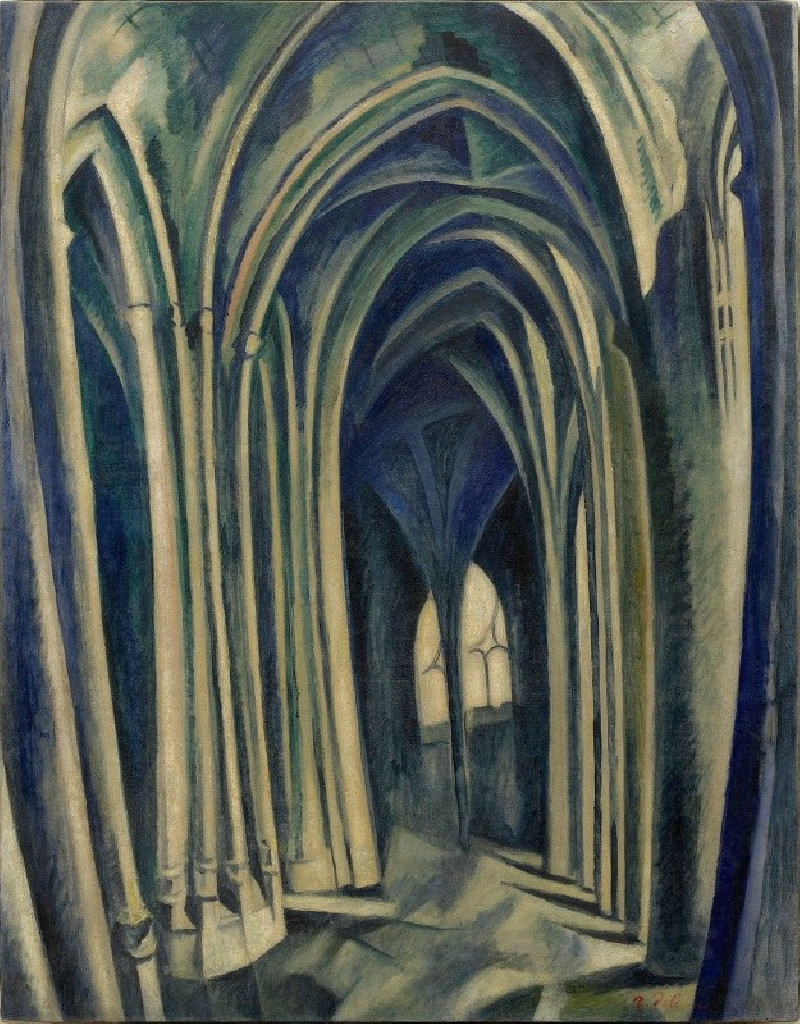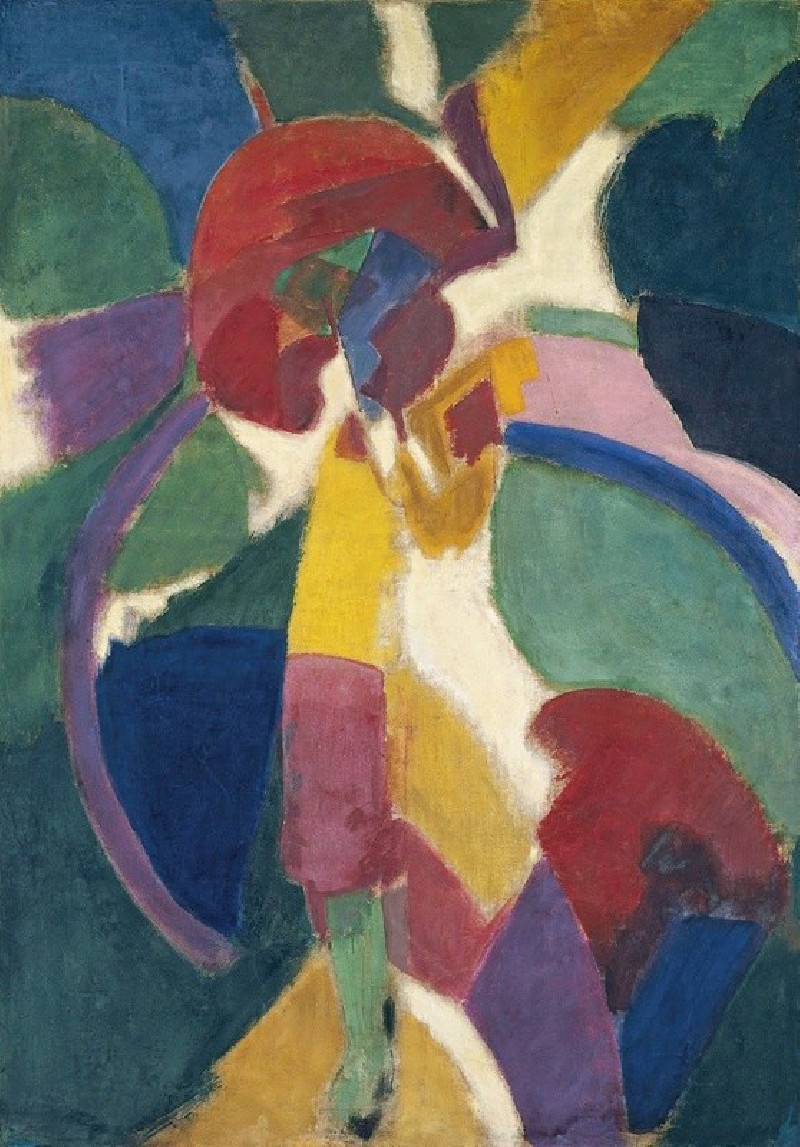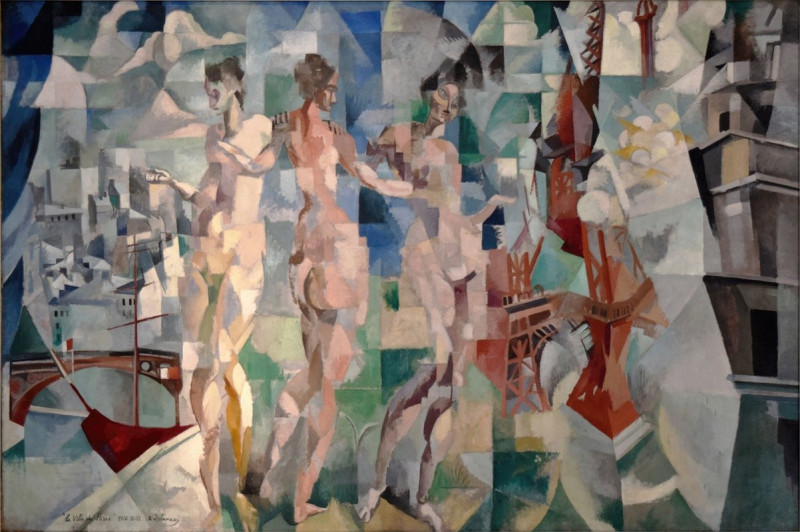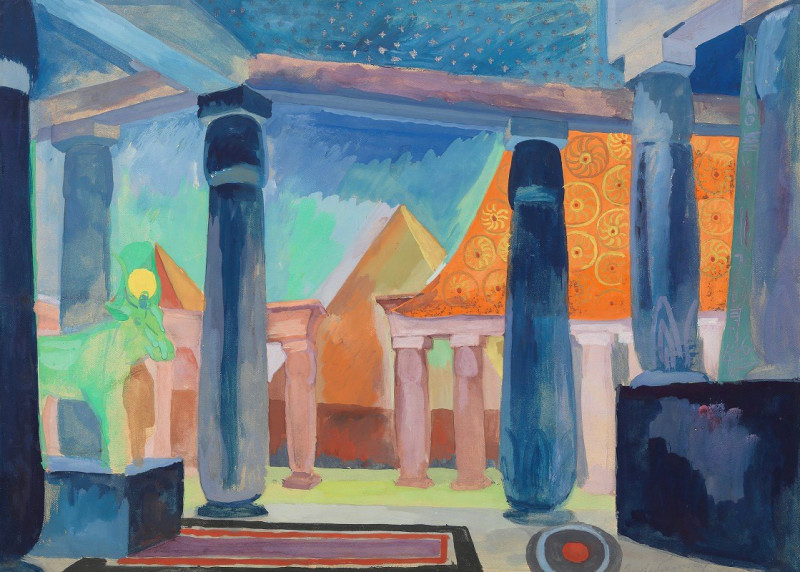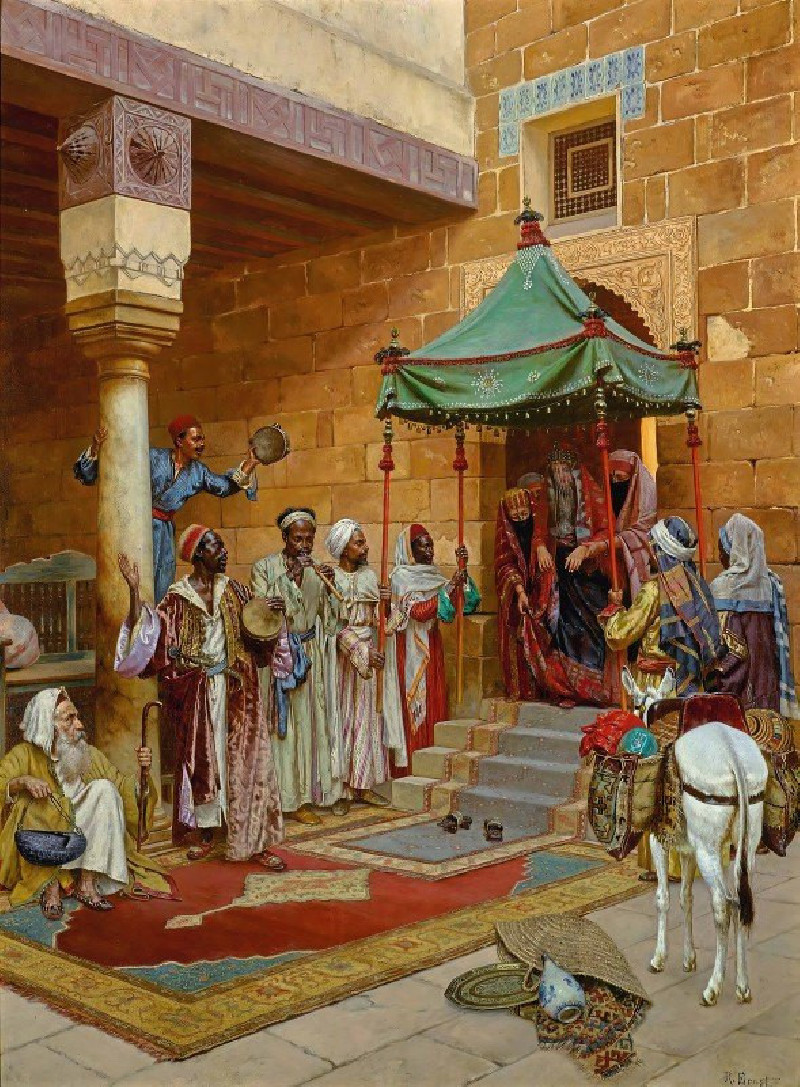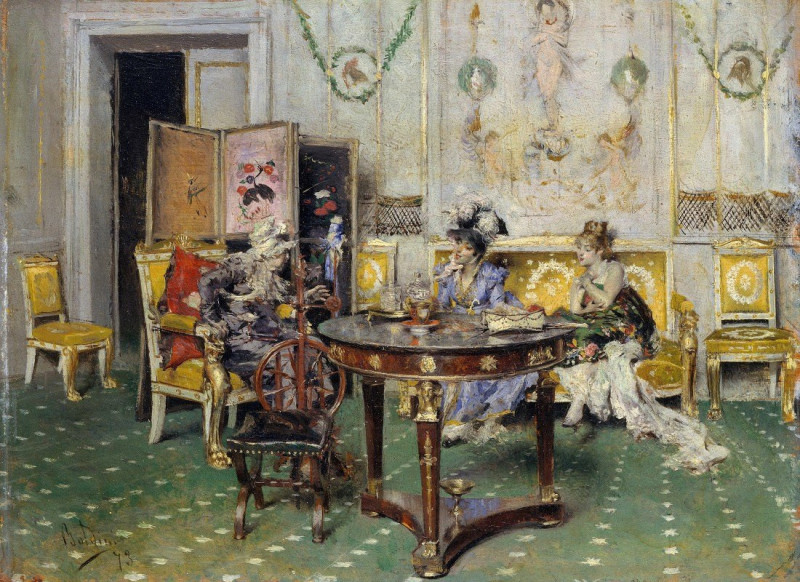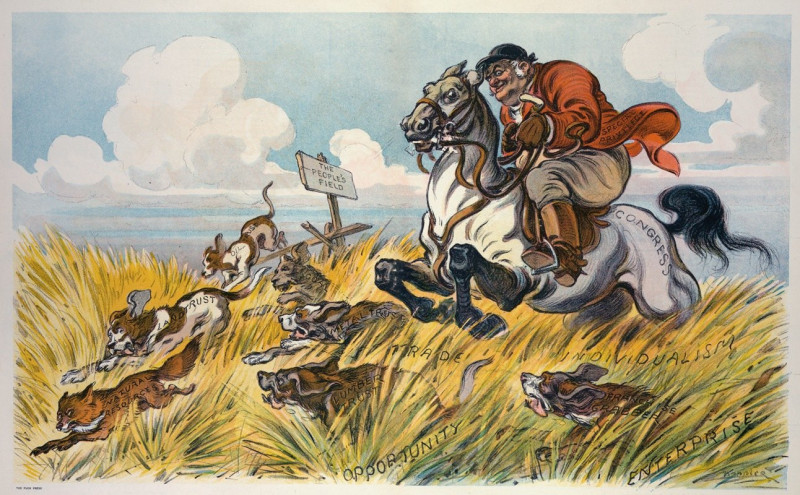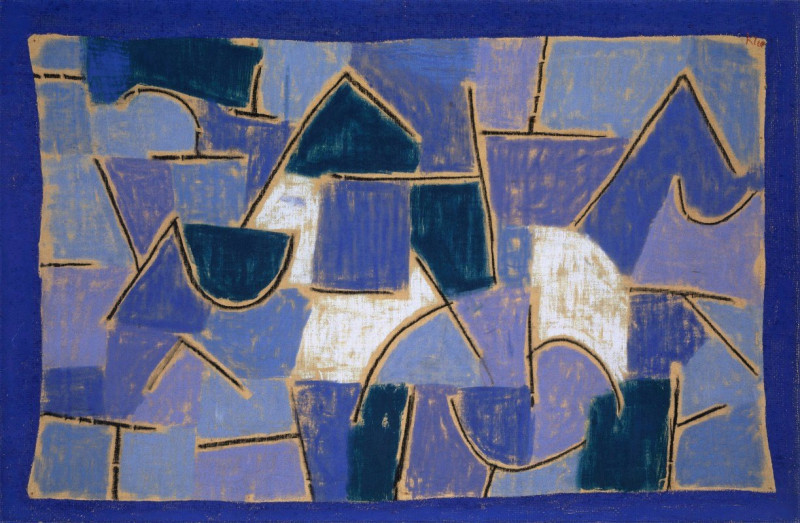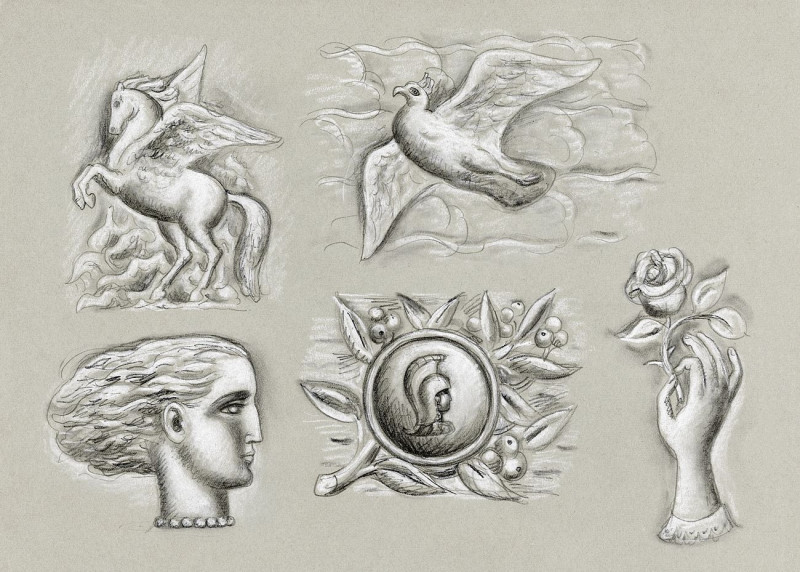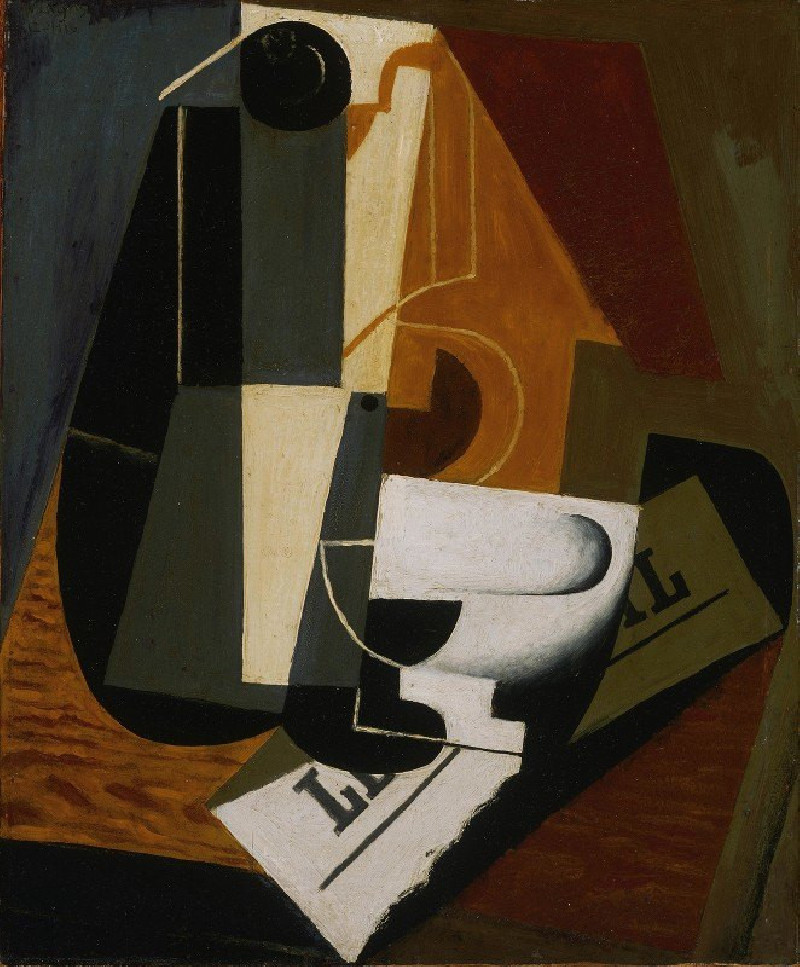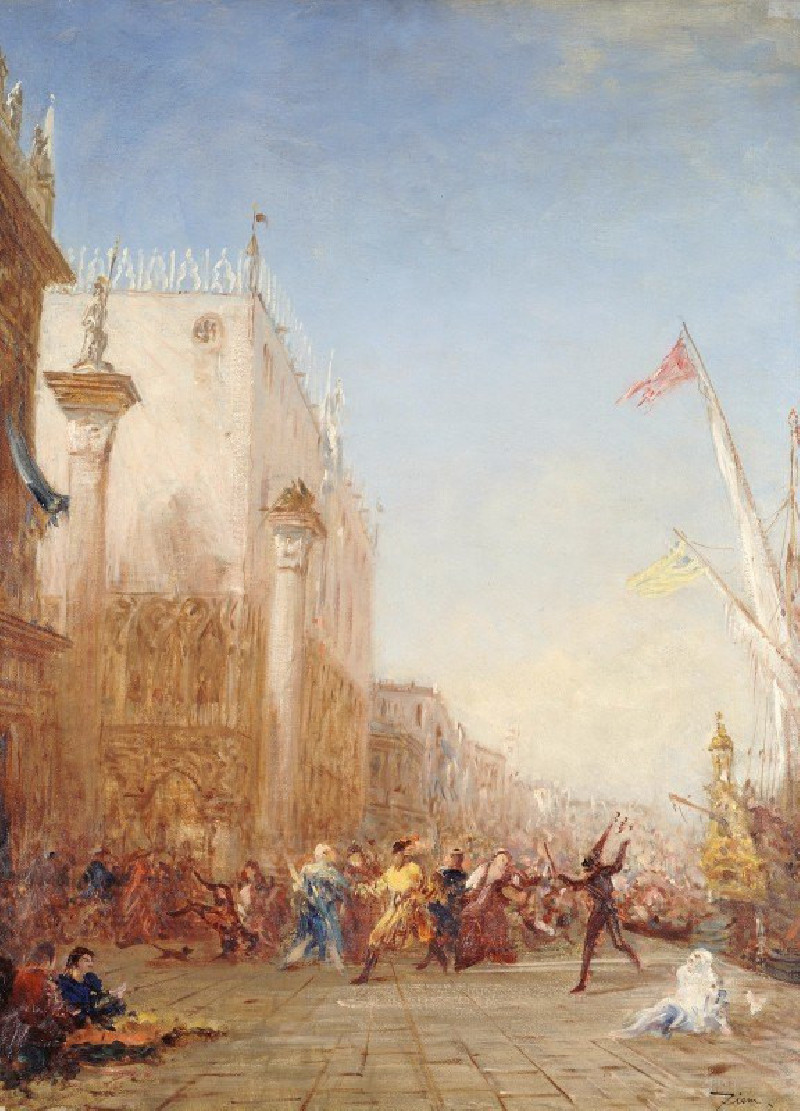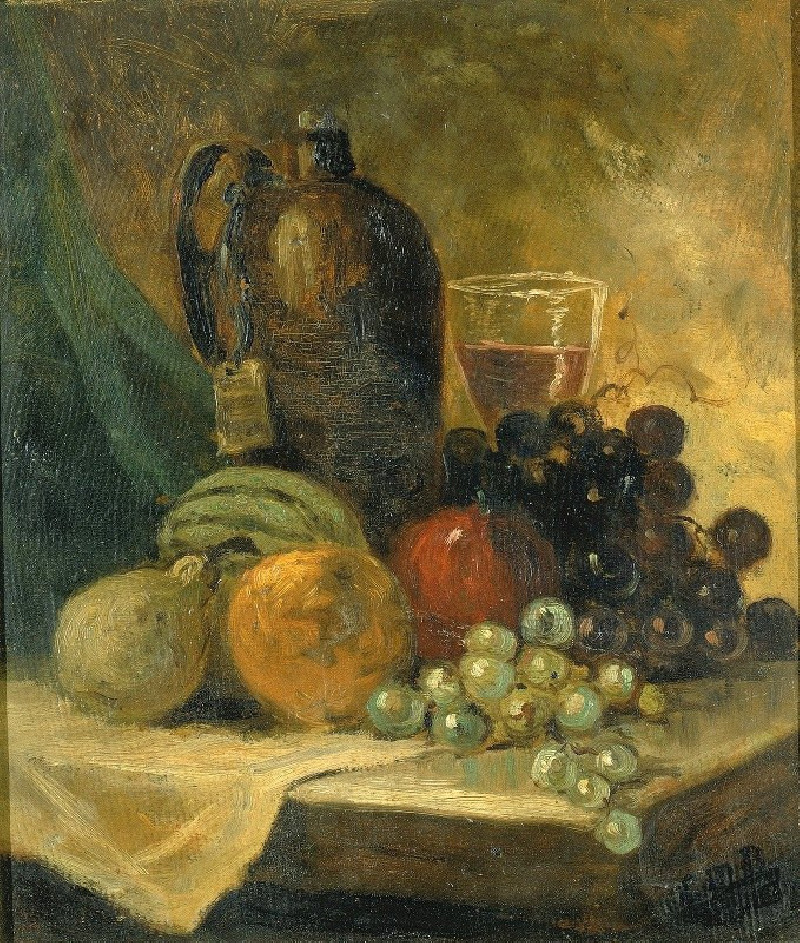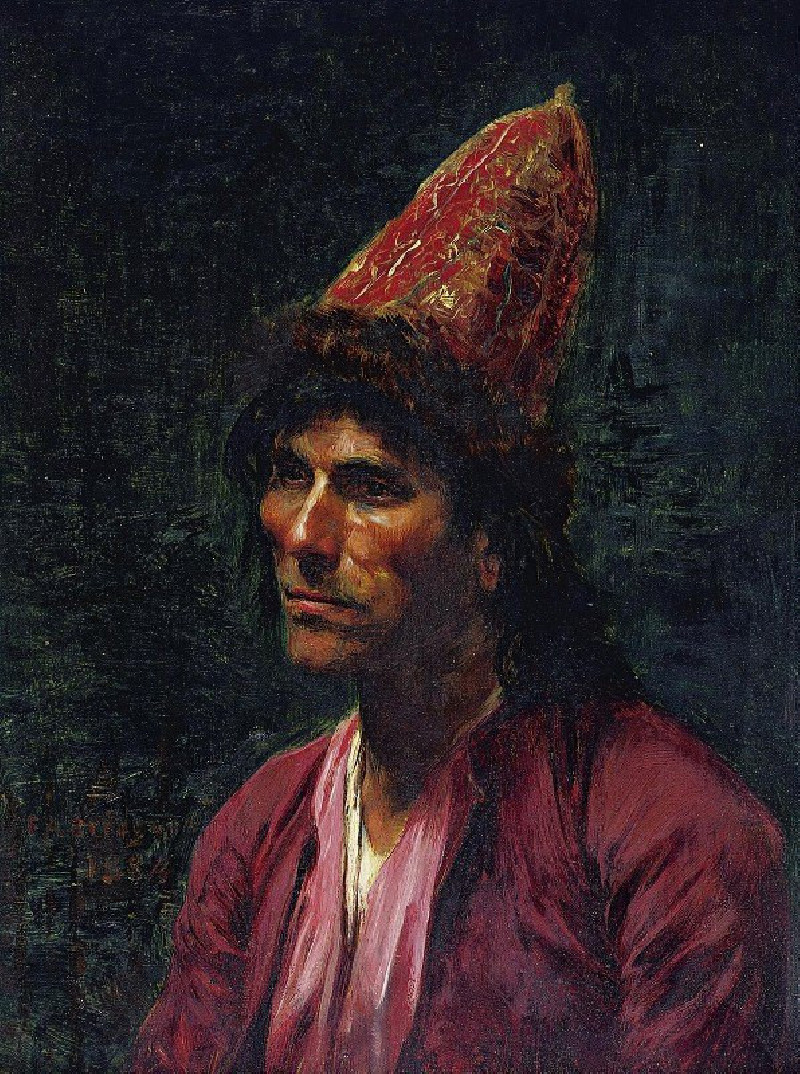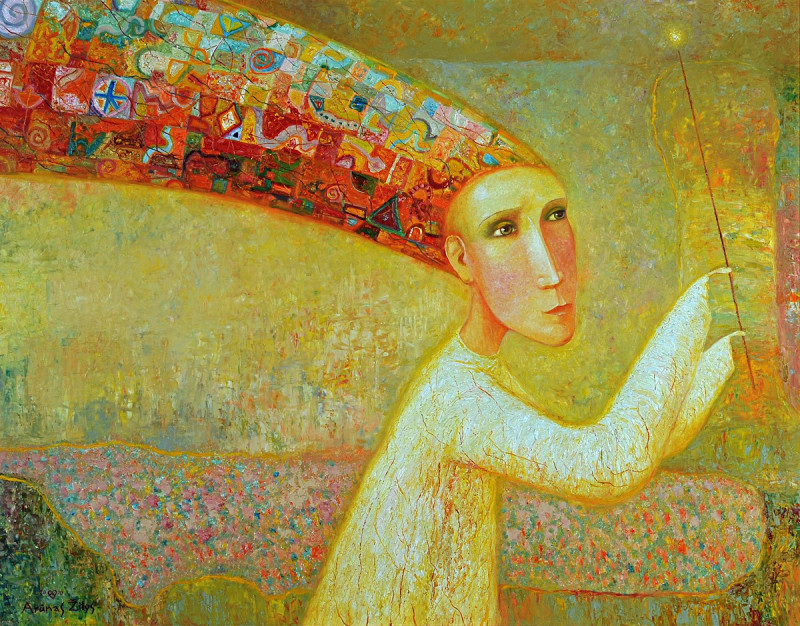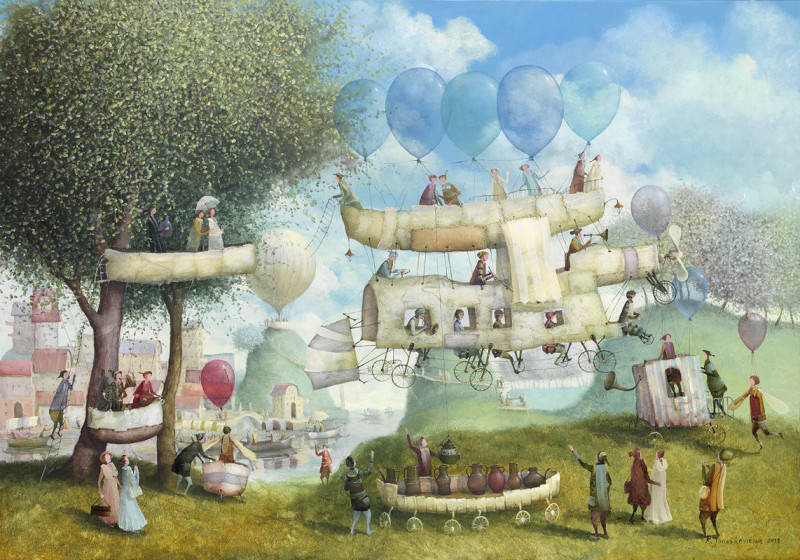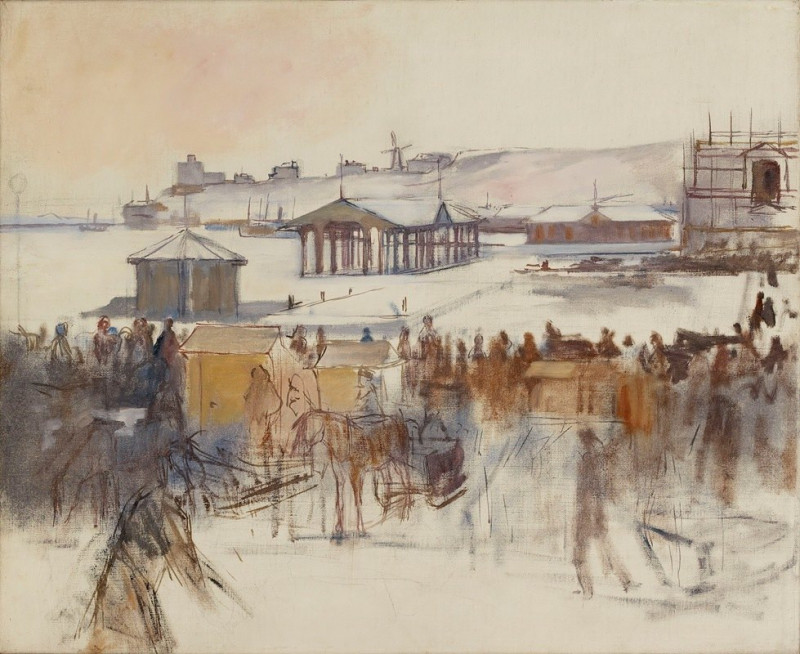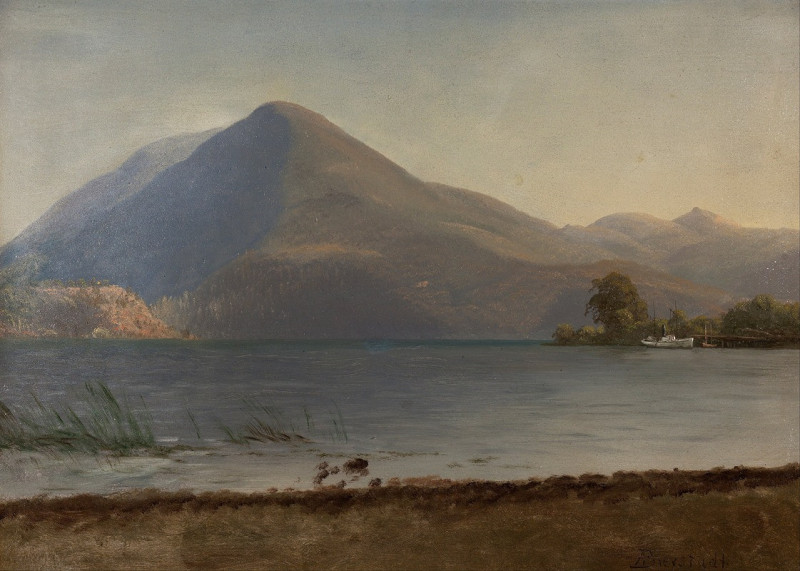Window overlooking the city (1914)
Technique: Giclée quality print
Recommended by our customers
More about this artwork
In the mesmerizing realms of Robert Delaunay’s "Window overlooking the city" painted in 1914, viewers are invited into a whirlwind of colors and forms that transcend traditional perspectives. This painting, a true testament to the Orphism movement, which Delaunay himself pioneered, captures not just a scene but the very essence of vibrancy and rhythm found in urban landscapes.At first glance, the composition might seem a jigsaw of hues - blues, oranges, yellows, and greens cascading across the canvas. These are not just random splashes of color, but carefully orchestrated elements that suggest the bustling energy of a city. What Delaunay achieves here is remarkable: a synthesis of color and form to convey the dynamism typical of modern urban life.Breaking away from clear figurative representation, the painting invites viewers to interpret it in a personal way. The abstract forms might evoke the outlines of buildings, windows, the upward thrust of a tower or spire, and perhaps the blur of motion, resembling the city's constant activity experienced from a high vantage point. This clever use of abstraction and color fragmentation makes "Window overlooking the city" not only a painting to be seen but to be felt.Delaunay's work is a vivid celebration of modernity and urbanism, providing an expansive visual experience that shifts with each viewer's perception. It challenges us to see beyond the literal, urging an engagement with color, shape, and the emotions they spark. An enduring piece of art that resonates with the vitality and perpetual motion of city life that was as relevant in the early 20th century as it remains today.
Delivery
Returns
Robert Delaunay was a French artist who, with his wife Sonia Delaunay and others, co-founded the Orphism art movement, noted for its use of strong colours and geometric shapes.
Robert was born on April 12, 1885, in Paris. In 1902, after secondary education, he apprenticed in a studio for theater sets in Belleville. In 1903 he started painting and by 1904 was exhibiting.


